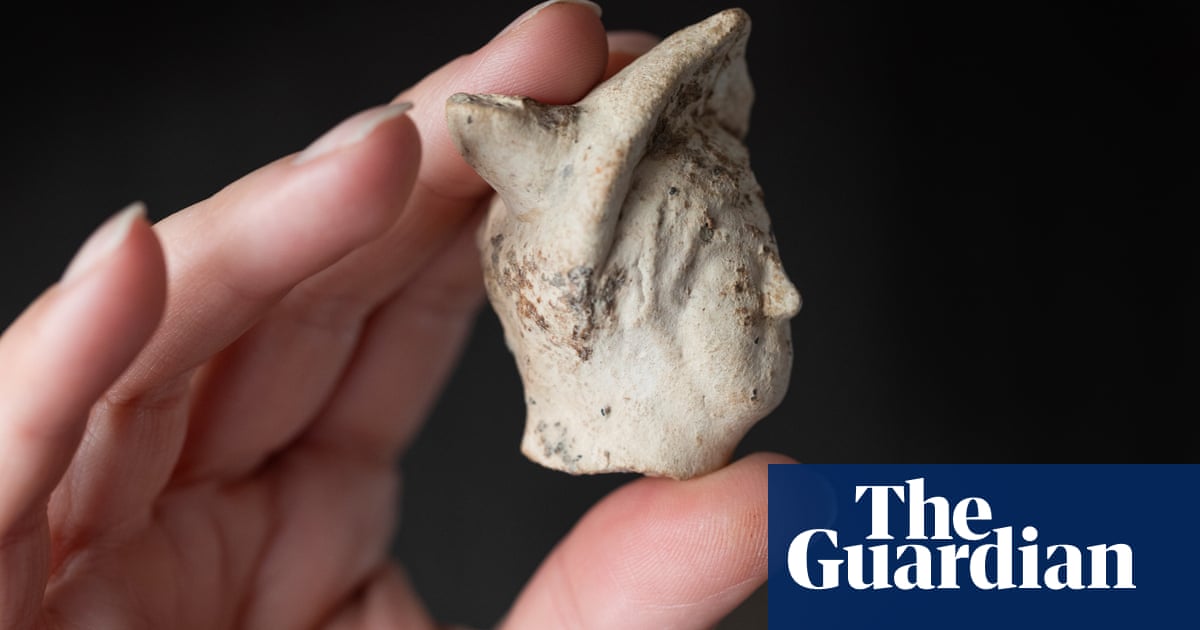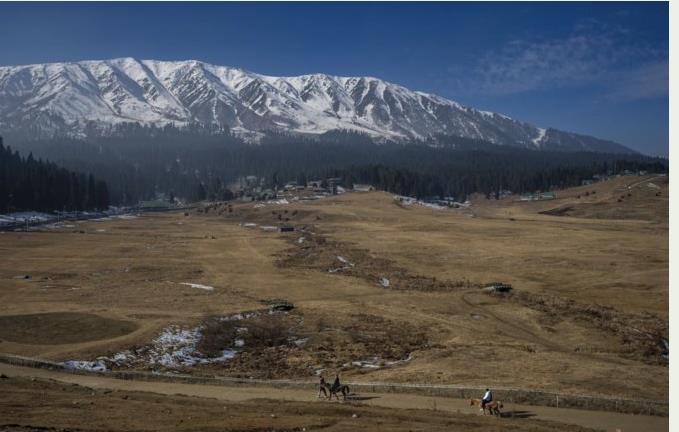
A big night out for the people of the Roman settlement at Richborough on the Kent coast about 2,000 years ago might have involved gladiatorial contests, wild beast hunting or the occasional execution of a criminal.
Taking place in a vast amphitheatre, seating up to 5,000 people, on the western edge of the settlement, such an event was a “special occasion, drawing people from Richborough town and its surrounds”, said Paul Pattison, a senior properties historian at English Heritage. “These were public spectacles, the equivalent of going to a big blockbuster film, in our terms.”
Centuries later, a new window into those times has emerged during an archaeological excavation at the site over recent weeks.
Among the discoveries is a skeleton of a cat, nicknamed Maxipus by the excavation team, which was buried in an area of domestic settlement and is believed to have been a pet.
“Normally you would expect it to have been dismembered by predators but it’s almost complete, so it looks like it was deliberately placed where it wasn’t disturbed,” said Pattison.
People were likely to have had pet animals, but “they weren’t quite as soppy as we are about them. Whether they had them in the house is probably debatable.”
Other finds include a small “carcer”, or cell with a doorway, that was probably used to hold wild animals and people before being released into the arena.
The excavation, delayed from last year because of Covid restrictions, began in mid-September and is due to finish next month. “We knew the amphitheatre was there because of a partial excavation in 1849. We had a clue, but only a clue – so we wanted to find out more,” said Pattison.
The remains of the amphitheatre are on a low but prominent hill with an oval-shaped depression, close to one of the most important Roman historical sites in England. The settlement dates from the Roman invasion in AD43 to the end of Roman rule in about 410.
Part of Emperor Claudius’s 40,000-strong invasion forces came ashore at Richborough, known as Rutupiae to the Romans, which became the main entry point from mainland Europe. A busy town grew up around the port.
In the past few weeks, excavators have discovered details of how the amphitheatre was constructed. The exterior wall was up to six metres thick and made of stacked turf, and the interior wall around the arena was made of locally quarried chalk blocks.
“Really significantly, we’ve discovered that they rendered the inside of the wall that was facing into the arena, and then plastered it. And there are traces of paint on the arena wall,” said Pattison.
“We are beginning to think there was a series of painted rectangular panels, because there are vertical and horizontal lines in red, yellow, black and blue. They probably originally contained painted scenes, perhaps figurative scenes of what happens in amphitheatres.
“We don’t have that detail yet, but we have the paint and that’s a really good start. Given that we’ve only excavated a tiny fragment of the wall, it bodes well for better-preserved painted scenes elsewhere around the circuit. So we’re pretty excited.”
None of the other 15 or 16 amphitheatres discovered in Britain had this treatment, Pattison said. “This is a very rare find in Britain. There may be about 19 or 20 in the whole Roman empire.”
Excavators have also unearthed coins, items of personal adornment, pottery fragments and the bones of butchered animals, all providing evidence that the town of Richborough was occupied by civilians right through the Roman period in Britain.
The recent discoveries “dramatically increase our understanding of the structure of the amphitheatre and the nature of the adjacent settlement”, Pattison said, adding that further excavations in the future would help build a more accurate picture of how the settlement developed and grew.
The excavators were “absolutely hyped” about their finds, he said. “Everyone’s highly motivated and looking forward to digging every day. It’s a once-in-a-lifetime opportunity to excavate a site of this kind.”
The on-site museum at Richborough is being refurbished over the winter and is due to reopen to the public in the summer of 2022.












